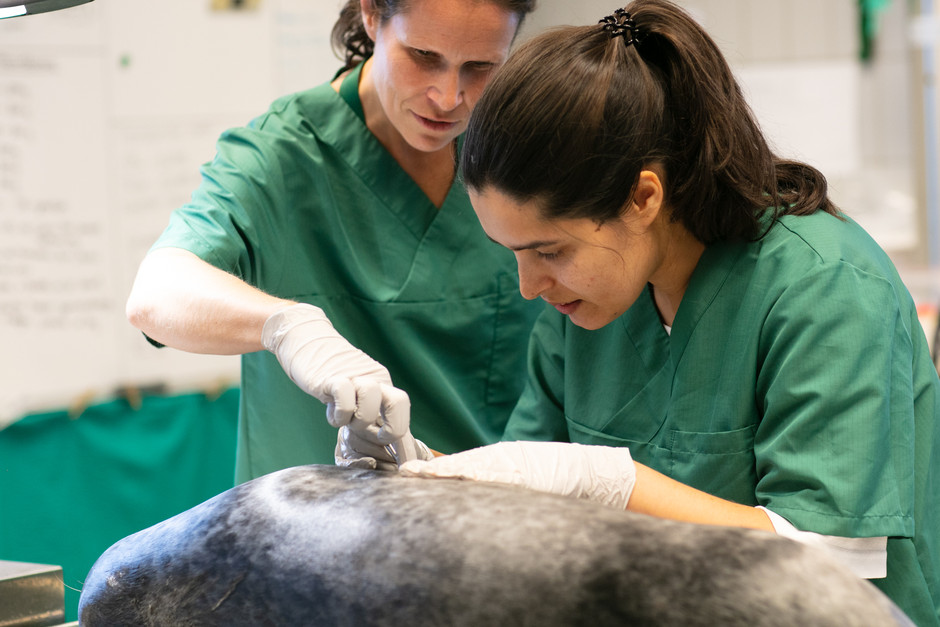Why do we monitor seals?
Under EU legislation (the Habitats Directive and the Marine Strategy Framework Directive), all Member States are required to complete monitoring and reporting on the status of seals. There are three species of seal in Sweden, grey seal (Halichoerus grypus), harbour seal (Phoca vitulina) and ringed seal (Pusa hispida).
As higher predators, seals are keystone species and can be used as indicators of the state of the marine ecosystem. Seal abundance and distribution are influenced by a variety of factors, such as disease, changes in distribution and abundance of prey, anthropogenic disturbance and hunting. Declines in seal population or altered distribution indicate that there are changes in the marine environment. Further studies are then needed to establish the cause of the changes to determine what management measures are needed to maintain a healthy ocean.
The Swedish Museum of Natural History is responsible for completing the Swedish National Monitoring program on seals on behalf of the Swedish Agency for Marine and Water Management (SwAM).
How do we monitor seals?
The Swedish Museum of Natural History perform annual aerial surveys of all three seal species. Seals spend the majority of their life in water, only hauling-out for shorter periods to rest, reproduce and moult. It is during the moulting time the largest proportion of the population can be seen on land. Seal populations moult in synchrony and the inventory method is based on the assumption that the same proportion of the population is observed on land year-year. The inventory provides a population index that allows us to follow trends over time. However, it does not give us a total population count.
During the inventory, seals are photographed at their haul-out sites and seals are then counted from the pictures. Ringed seals moult on the ice in Bothnia Bay at the end of April. They are monitored using a line-transect survey with an aeroplane where 13% of the ice-covered area in Bothnia Bay is surveyed. Grey seals moult on skerries in the Baltic Sea at the end of May/start of June. A helicopter is used to survey the area from Umeå to Oskarshamn. All observed locations with seals are photographed. Other areas in Sweden are inventoried in collaboration with the coastguard, volunteers or international partners. The grey seal survey is coordinated with all countries bordering the Baltic during the same two weeks. Harbour seals moult, and are surveyed, in the middle to the end of August on skerries in Kalmarsund, Kattegatt and Skagerrak. Surveys are coordinated with Denmark.
What do we do with the results?
Monitoring data is used follow population trends over time and contribute to national and international assessments of the state of and pressures on the marine environment. Data is shared in international working groups such as HELCOM, OSPAR and ICES. Monitoring contributes to data driven science based management of the marine ecosystem and research on the population dynamics and distribution of seals. All data collected in the national monitoring program for seals is delivered to the Swedish Meteorological and Hydrological Institute (SMHI) and is available via SMHI:s Sharkweb.
Additional roles
The Swedish Museum of Natural History also participates as national experts in international conventions such as HELCOM, OSPAR and ICES.
Time Period
1980 – ongoing
Funder
Swedish Agency for Marine and Water Management (SwAM)
Staff



